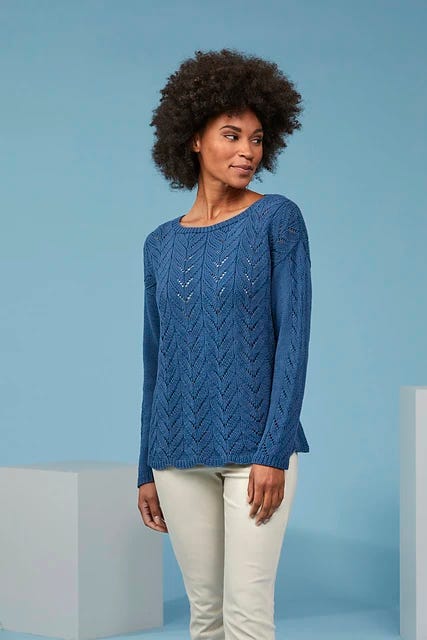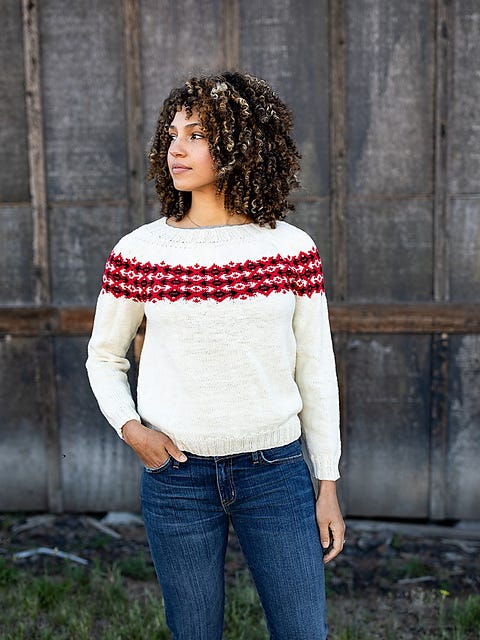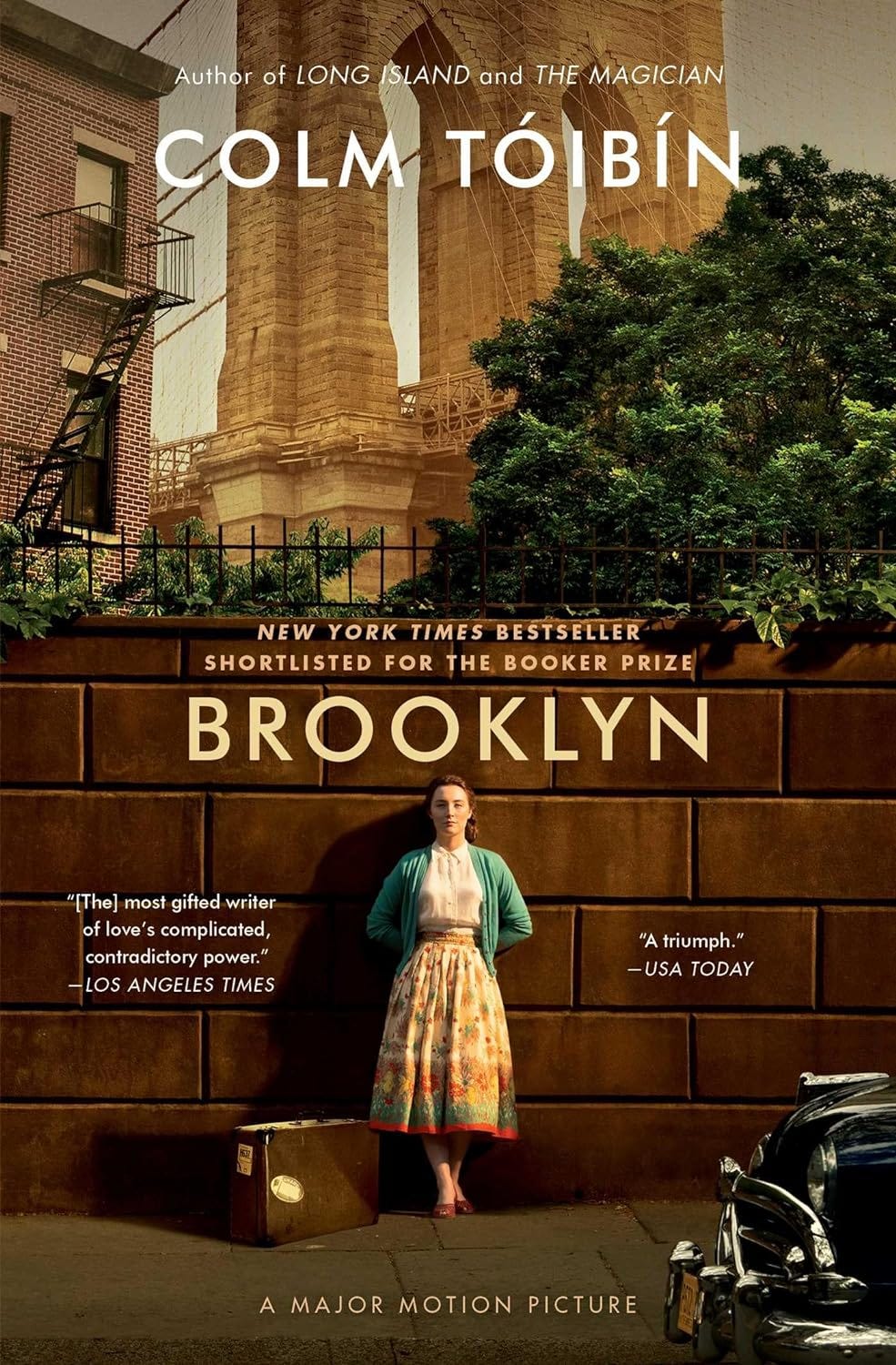Happy Independence Day for those of us in the US! I hope you're at the beginning of a 4-day weekend. Enjoy your cookout and fireworks display safely. Don't do this.

I've been working on designs commissioned by yarn companies and magazines for the past couple of months, and (fortunately) that won't end anytime soon. Right now, I have enough design work lined up to keep me comfortably busy through the middle of October.

To close out the series of articles on knitting pattern design commissions (Part 1, Part 2, Part 3), today I'm writing about the benefits of designing for yarn companies, magazines, and other publishers instead of independently publishing patterns for my designs.
What Are the Tasks Involved in Creating and Publishing a Knitting Pattern?
Idea Generation and Garment Design
Pattern Grading
Pattern Writing
Technical Illustration (Charts and Schematics)
Sample Production
Technical Editing
Photography, including Styling
Graphic Design and Layout
Marketing
Items 1–6 on that list are my bread and butter. I have been designing and tech editing knitting patterns for more than 20 years. But I think it's foolish for a designer to tech edit their own patterns. Every pattern needs to be checked by a fresh set of eyes.
For items 7–9 on the list, my skills are rudimentary at best.
To publish a design independently, I would need to do (or pay someone else to do) every one of those 9 tasks. Realistically, I do steps 1–5, and pay other people to do steps 6–9.
All this work must be done before a single pattern is sold. That is a huge investment of time and money for an uncertain return.
If I work with a yarn company or magazine, I only need to do steps 1–5. I am paid a flat fee, either soon after the pattern and sample are delivered or upon publication. The publisher is responsible for steps 6–9.

But Don't You Make More Money if You
Self-Publish?
Probably not.
Ravelry is by far the largest marketplace for knitting patterns with over 700,000 patterns listed. Back in 2019, they released some sobering statistics on designer compensation.
In January 2019, 10,059 sellers earned revenue through Ravelry. January is generally thought to be the busiest month for pattern sales. For the purposes of this report, "sellers" excluded yarn companies, magazines, and book publishers (to the extent that they could be identified). All revenue figures are in US dollars.
72.3% of sellers earned less than $50. Only 304 sellers earned $1000 in revenue or more during that month. How big was the "Top Tier", earning $3,000 or more? 93 sellers.
Keep in mind that these figures are revenue, not profit. Right off the top, a designer with $1000 in revenue would pay $35 for Ravelry sales fees and $130 in PayPal fees. The remaining $835 needs to cover fees paid to tech editors, photographers, models, and graphic designers. Not to mention overhead costs like computers and software subscriptions. And then there are state and local income taxes, health insurance, housing costs, utilities, groceries, and retirement savings.
Nobody is getting rich designing knitting patterns. Even those 93 designers in the top tier are barely making a living wage once they've covered the costs of doing business.
What Does it Take to Make That Top Tier?
Marketing.
The designers who do well are not necessarily the most creative, or the most talented, or the most skilled at knitting design. They invest a lot of time and effort in marketing their work. They run knit-a-longs and active Ravelry groups. They produce regular podcasts, blogs, and newsletters. They create video for YouTube and Instagram. They go live on Facebook. They post to social media at least once a day. They cultivate a fan group who will eagerly buy their latest pattern on the day of release. They become semi-public figures who can draw an enthusiastic crowd at a fiber festival or knitting retreat.
Don’t get me wrong. I have a great deal of respect for those designers who do marketing well. And I am grateful for the buzz they create around the craft of knitting.
I don't want to live that life. I don't enjoy social media. I am a private person with pronounced hermit tendencies. I just want to make a living doing good work.

Like most freelancers, I cobble together a living through a wide variety of project-based work. I am fortunate to have several long-time clients with whom I've developed strong relationships. Although it seems I'm always working on design commissions, pattern design generates only about a quarter of my income. The rest comes from technical editing, writing, and event management.
If you’re in the mood for a rather stomache-churning story about life as an influencer, try People Like Her by Ellery Lloyd. This novel succeeds as both comedy and as a thriller, and it’s good in audio.
I'm always happy to see a new book from a writer I admire. Colm Tóibín has recently published Long Island, a sequel to his 2015 best-seller Brooklyn. While I wait my turn on my library's hold list for Long Island, I listened to Brooklyn, and it is wonderful.
Brooklyn tells the story of Eilis Lacy, who grows up in a small town in Ireland in the difficult years after World War II. Unable to find work at home, she reluctantly emigrates to America and lands amid an Irish community in Brooklyn, New York. Eilis finds work in a department store, takes night classes in bookkeeping at Brooklyn College, and slowly, carefully falls in love with a young Italian man. She begins to imagine a life of her own creation, free of the expectations of her home village.
When her sister dies, Eilis returns home for what is supposed to be a two-week visit. As she is pulled back into village life, with all its familiarity, comforts, and constraints, she must decide whether to return to Brooklyn or stay in Ireland.
Brooklyn is a carefully understated novel. There is no great drama, grand passion, or burning suspense. This novel shines in the depth of detail, and in Tóibín's deep understanding of the pressures and conflicts faced by his heroine. Highly recommended.
Colm Tóibín is brilliant at writing women. My favorite of his works is The Testament of Mary. In this novella, our narrator is Mary, the mother of Jesus, as an elderly woman living alone in Ephesus years after the crucifixion. The authors of the gospels hover around, providing her with food and shelter while pumping her for her memories of her son. She has no interest in supporting their idea of Jesus as the "son of God".
This is a book you should experience in audio. It is read by Meryl Streep. My mother and I listened to this together on a road trip back in 2014 and we were both enthralled. Some familiarity with the Christian gospels will enrich your enjoyment of this story, but Streep’s performance is worth your time even if you have no context for the characters.
Book titles are linked to Bookshop.org, a non-profit that supports independent bookstores. These are affiliate links—if you make a purchase using these links, I will earn a small commission at no additional cost to you.
Thank you, again and always, for granting me this space in your brain. As we enter high summer (or deep winter, depending on which hemisphere is your home), I hope you’re making time to do the things that bring you joy.
Continue the conversation - Are you a summer-time knitter? What project is keeping you engaged right now? And what are you reading? Tell me about it in the comments.





I read Brooklyn a few months ago and then went on to Long Island which I just finished. Loved them both. Your description of designing vs self publishing is very true.
Sandi, this was so informative. At one point in my working life, I considered becoming a freelance editor. At the time I recalled how, as a grad student, I had nicely supplemented my paltry research assistant stipend by editing for other grad students, and without marketing. All my clients came through word-of-mouth. So when I found myself miserable in a full-time job, I thought I should give freelancing a try. I bought a book on how to be a freelance editor, and it stopped me cold. It was all the things you mentioned in your essay: all the fees, insurance, and overhead. And the risk of clients who, for whatever reason, don't pay up. And taxes! I am, by nature, risk-averse. It didn't take long for me to realize that me and self-employment would not mix. But I love reading about people--such as yourself--who are self-employed. At least I get to experience it vicariously. As far as reading, I was gifted a novel written in free verse by Lyn Miller-Lachmann. The story takes place in Lisbon in the late sixties and is narrated by a teenage poet whose family loses their middle-class status for perceived disloyalty to the government and whose boyfriend is arrested for anti-government activities. I believe it's available in audio, too. The narrator, Sonia, is a fierce character.